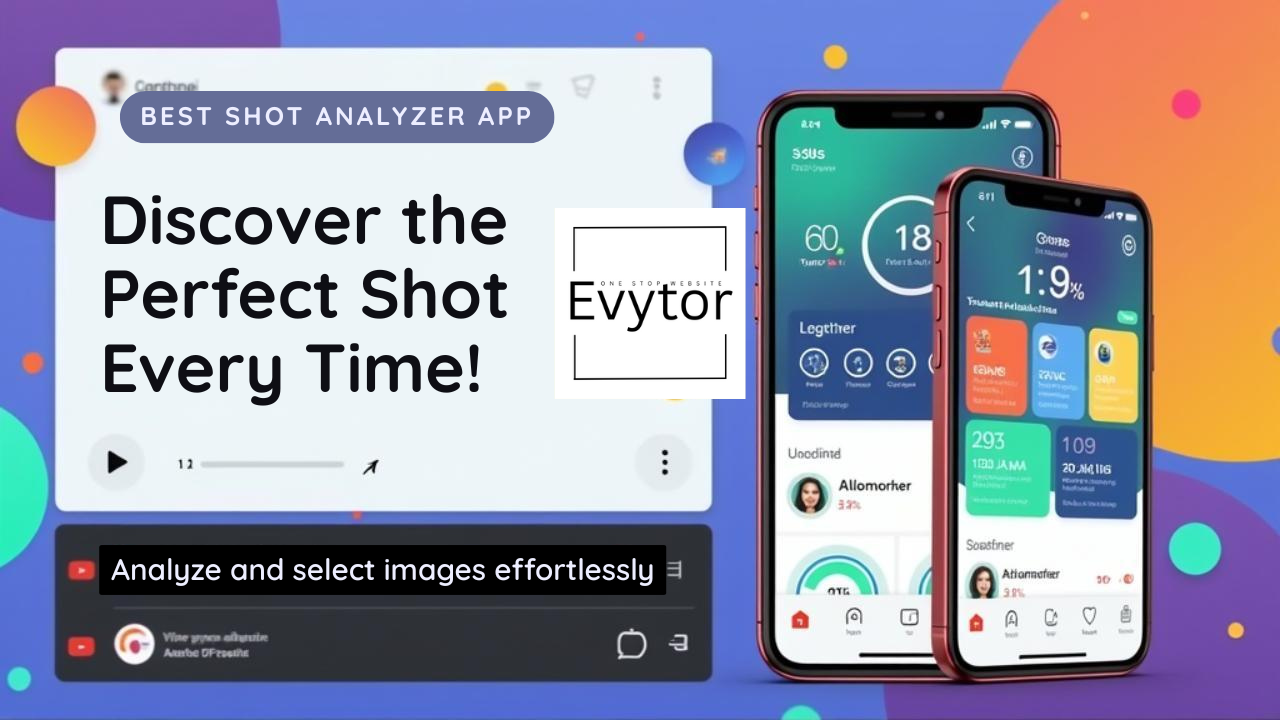Making Your Home Smarter and Greener with Tech
Imagine a home that not only makes your life easier but also helps protect the planet. Sounds futuristic? It's not! Thanks to advancements in technology, especially smart home devices and AI, you can transform your living space into a haven of both convenience and sustainability. This isn't just about cool gadgets; it's about making conscious choices that reduce your environmental footprint while enhancing your comfort and saving you money in the long run. Ready to explore how tech can make your home smarter *and* greener? Let's dive in! 💡
Why Blend Smart Tech and Green Living?
At first glance, tech gadgets might seem consumption-heavy, but when used strategically, they can be powerful allies in sustainable living. The key is focusing on devices that optimize resource usage – energy, water, and even waste. Smart technology provides the data and automation needed to make these optimizations happen effortlessly.
- ✅ Efficiency: Automate tasks like turning off lights or adjusting temperatures based on occupancy.
- 💰 Cost Savings: Reduced resource consumption directly translates to lower utility bills.
- 🌍 Environmental Impact: Minimizing waste and energy use helps decrease your carbon footprint.
- 📈 Monitoring: Gain insights into your consumption patterns to identify areas for improvement.
- 🛋️ Convenience: Manage your home's resources remotely or through simple voice commands.
Smart Energy Management: Power Up Responsibly
Energy is one of the biggest areas where smart tech can make a difference. Heating, cooling, and lighting account for a significant portion of household energy use.
Smart Thermostats: The Brains of Your HVAC
Devices like the Nest or Ecobee learn your habits, adjust temperatures based on whether you're home or away, and can even react to local weather forecasts. This ensures you're not heating or cooling an empty house.
- Learn your schedule and preferences.
- Automatically adjust when you leave and return.
- Offer remote control via smartphone.
- Provide energy usage reports.
- Integrate with utility rebate programs.
Pro Tip: Make sure your home is properly insulated *before* installing a smart thermostat. Even the smartest tech can't compensate for leaky windows or walls! 🏠
Smart Lighting: Illuminate Wisely
Replacing traditional bulbs with smart LED lights is a no-brainer. LEDs use significantly less energy. Adding smart control layers allows for even greater savings.
- Turn lights on/off remotely.
- Set schedules based on time or occupancy.
- Dim lights to use less power.
- Group lights for easy control.
- Integrate with motion sensors.
Using motion sensors in low-traffic areas like hallways or bathrooms ensures lights are only on when needed. It's a simple step with a big impact! ✨
Conserving Water with Smart Solutions
Water conservation is just as crucial as energy saving, and smart tech offers innovative ways to cut down on water waste.
Smart Irrigation Systems: Water Only When Needed
Say goodbye to watering your lawn during a rainstorm! Smart irrigation systems connect to local weather data and soil moisture sensors to water only when necessary.
- Install smart sprinkler controller.
- Connect to local weather data.
- Add soil moisture sensors (optional but recommended).
- Set watering schedules and zones.
- Receive alerts for leaks or system issues.
These systems can save thousands of gallons of water annually, keeping your garden healthy without overconsumption. 💧
Leak Detection: Catch Problems Early
Small leaks can waste enormous amounts of water over time and cause significant damage. Smart leak detectors send instant alerts to your phone when moisture is detected in critical areas like under sinks, near water heaters, or in basements.
Catching leaks early prevents both water waste and costly repairs. Some advanced systems can even shut off your main water valve automatically! 🚨
Monitoring and Management: Knowledge is Power
Understanding *how* you use resources is the first step to reducing consumption. Smart plugs and energy monitors provide valuable insights.
- Smart Plugs: Turn off power to 'vampire' devices (electronics that draw power even when off) when not in use. Monitor energy use of individual appliances.
- Energy Monitors: Track your home's overall electricity consumption in real-time, often broken down by circuits or appliance types.
Seeing your consumption data helps you identify energy-hungry devices and adjust your habits accordingly. It's like having a fitness tracker for your home's resources! 📊
Integrating Renewables: A Smart Investment
If you have solar panels or other renewable energy sources, smart home technology can help you maximize their benefit. Smart energy management systems can prioritize using self-generated power when available and track your energy production vs. consumption.
Connecting your smart home to your renewable energy setup ensures you're getting the most out of your investment and further reducing your reliance on the grid. ☀️🏠
Going Further: Pro-Tips for a Super Smart, Super Green Home
Automate for Maximum Impact
Link your smart devices using a central hub or platform (like Amazon Alexa, Google Home, Apple HomeKit, or IFTTT - If This Then That). Create routines or automations:
- 'Leaving Home' routine: Turns off lights, adjusts thermostat, turns off smart plugs.
- 'Good Night' routine: Turns off all non-essential lights, locks doors, sets alarm, adjusts bedroom temperature.
- Integrate with occupancy sensors or door/window sensors.
Monitor Your Air Quality
While not directly about energy/water, smart air quality monitors help create a healthier indoor environment and some can integrate with smart HVAC systems to run fans only when needed, optimizing ventilation without excessive energy use.
Consider Sustainable Materials
As you integrate tech, also think about the materials in your home. Pairing smart tech with sustainable building materials, energy-efficient appliances (look for Energy Star ratings!), and good insulation creates the most impactful green home.
Secure Your Network
A smart home relies on a secure network. Use strong passwords, update firmware regularly, and consider a separate network for IoT devices to protect your data and prevent potential misuse that could impact efficiency settings.
Conclusion: Your Home, Smarter and Greener
Making your home smart and green is an ongoing journey, not a destination. By strategically adopting technology, you gain powerful tools to reduce waste, save money, and contribute to a healthier planet. Start small with a smart thermostat or lighting, and gradually expand. Every step you take, no matter how small, makes a difference.
What smart or green tech have you already incorporated into your home? Share your experiences below! 👇




